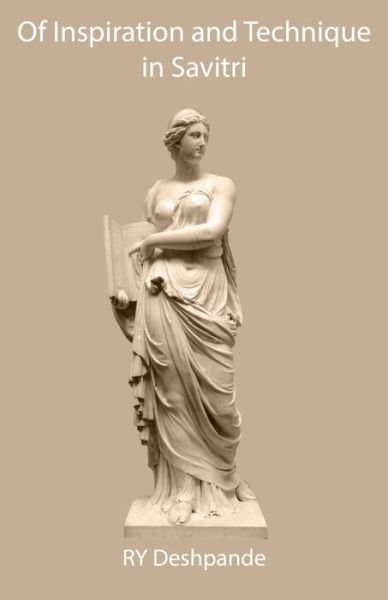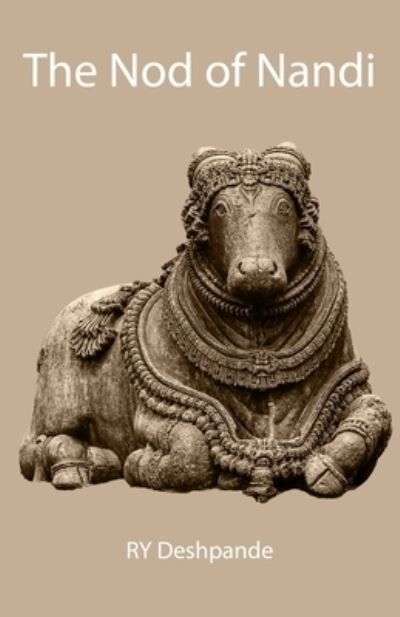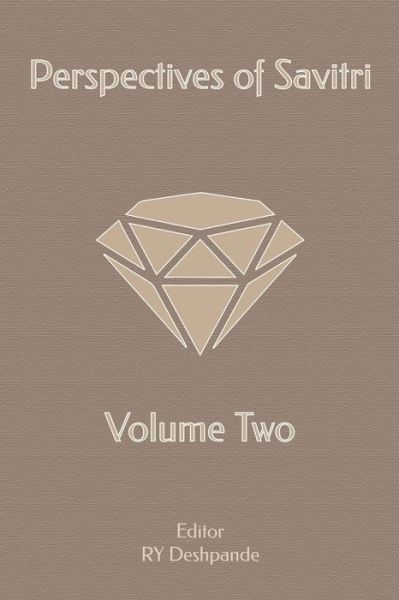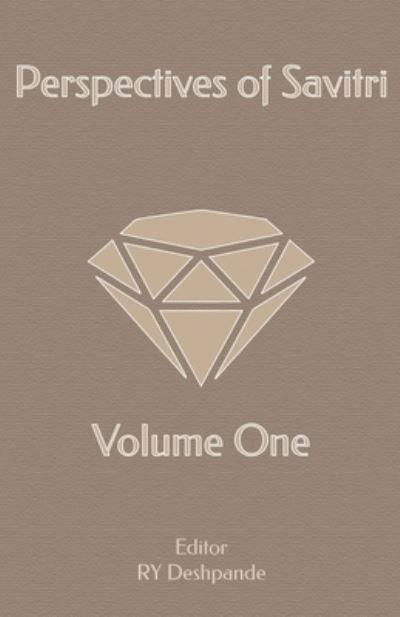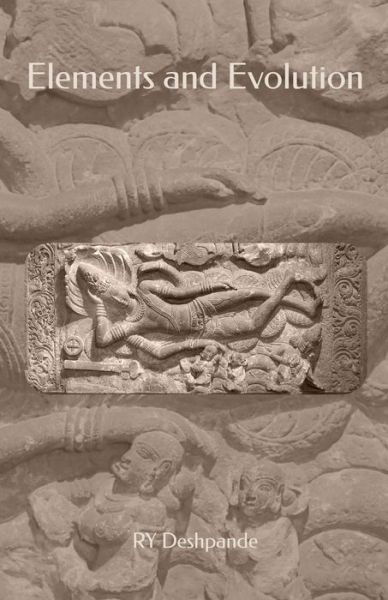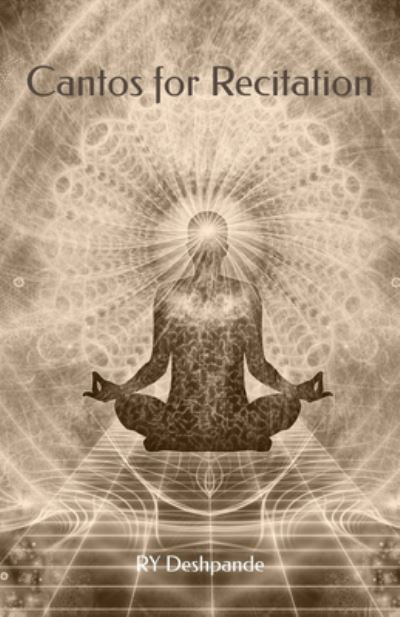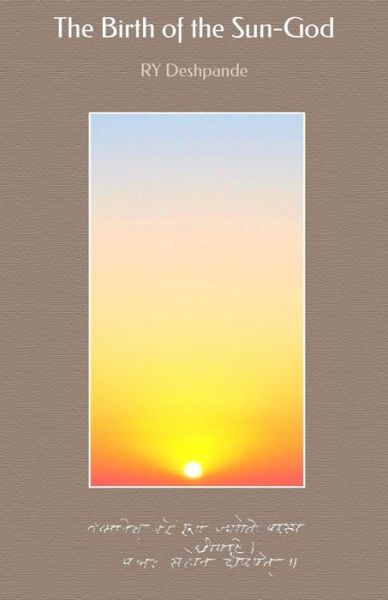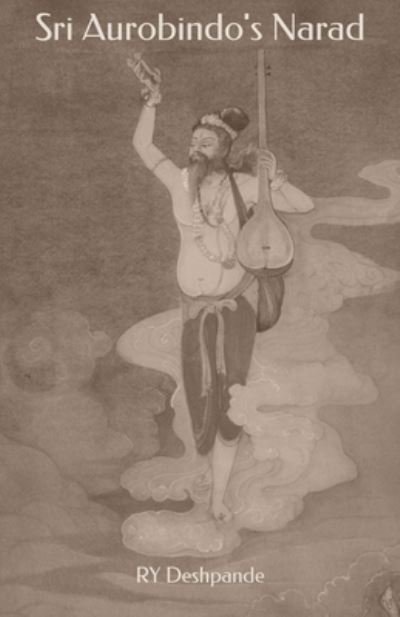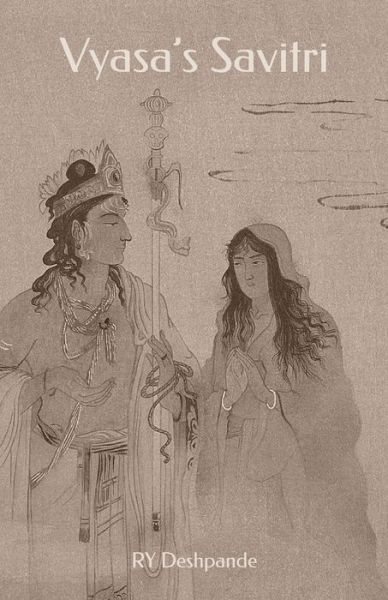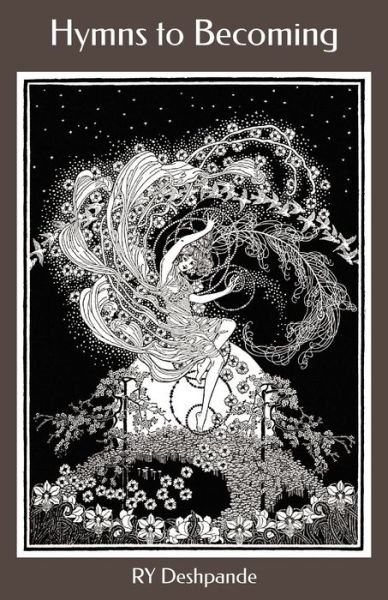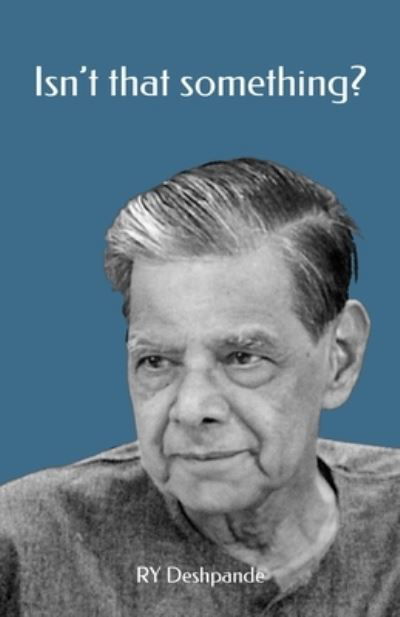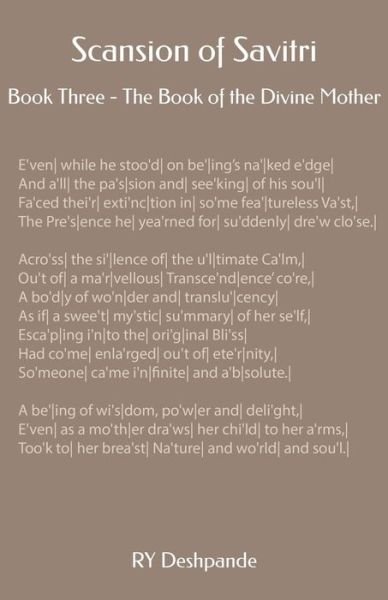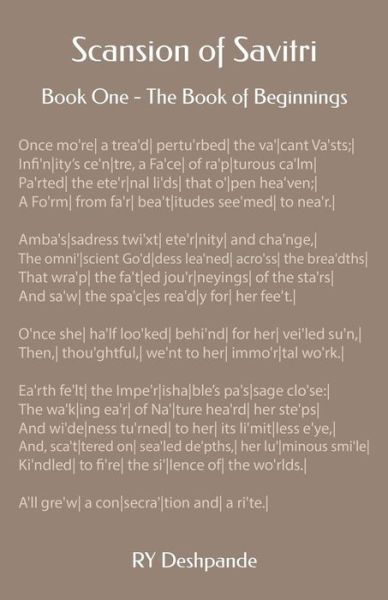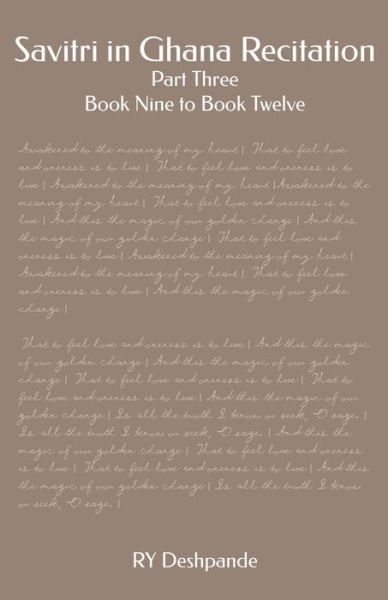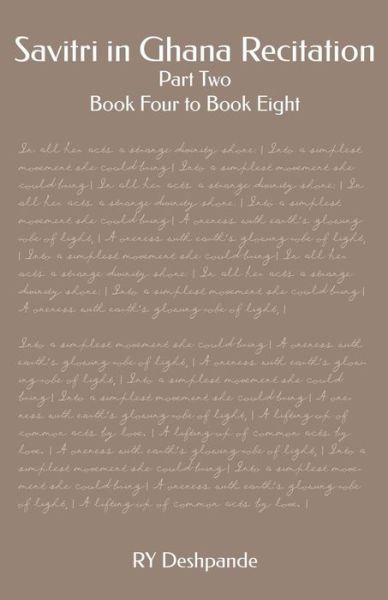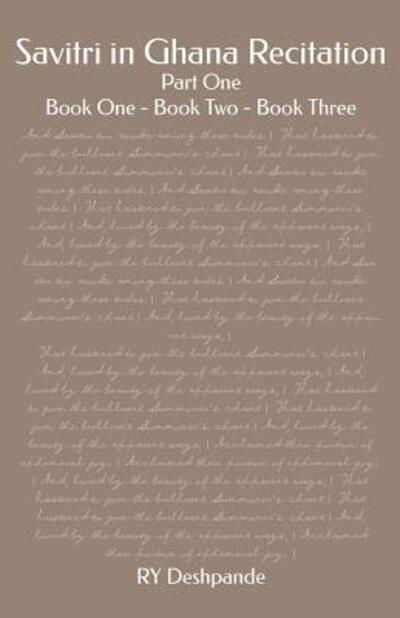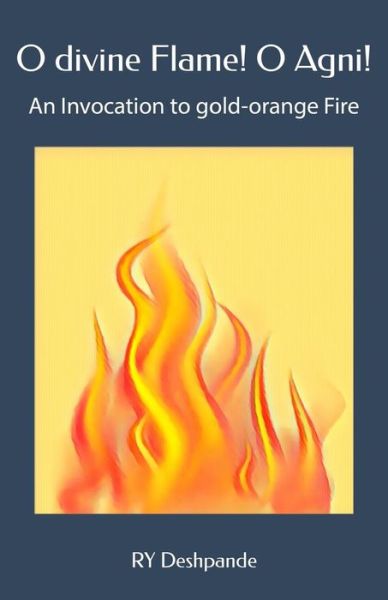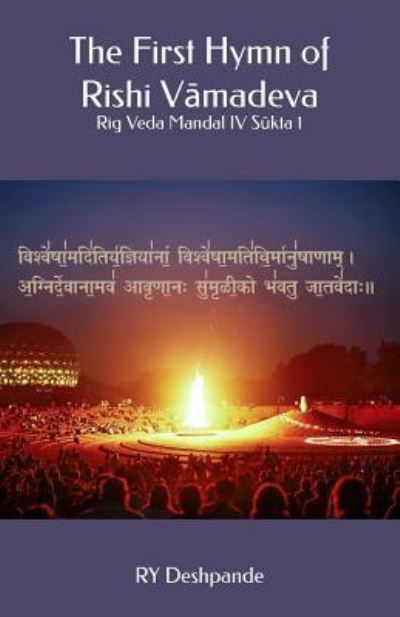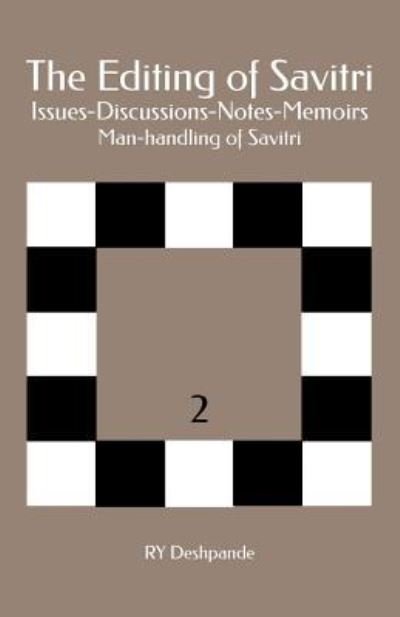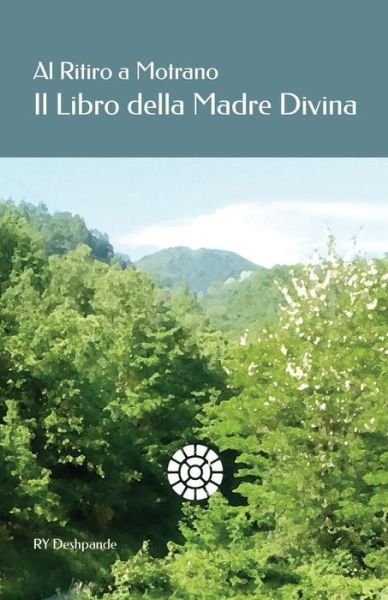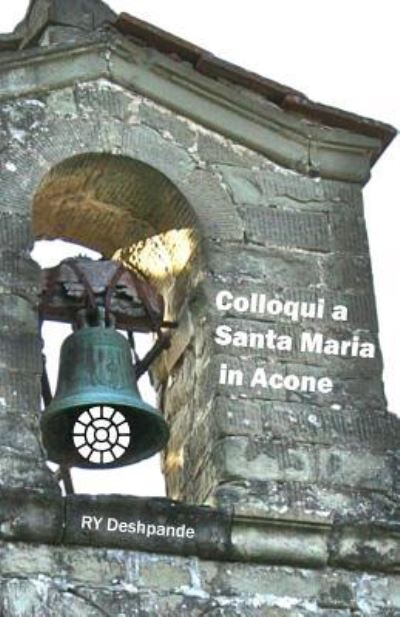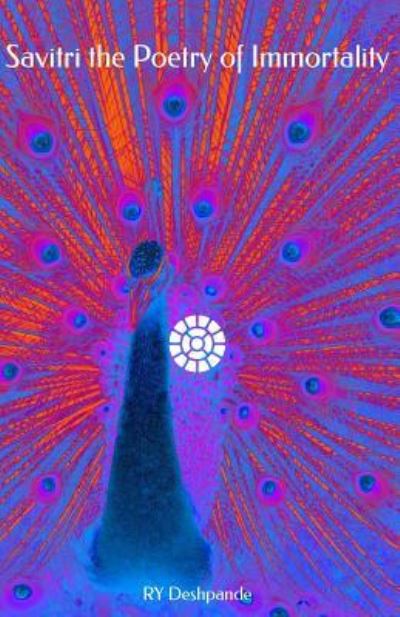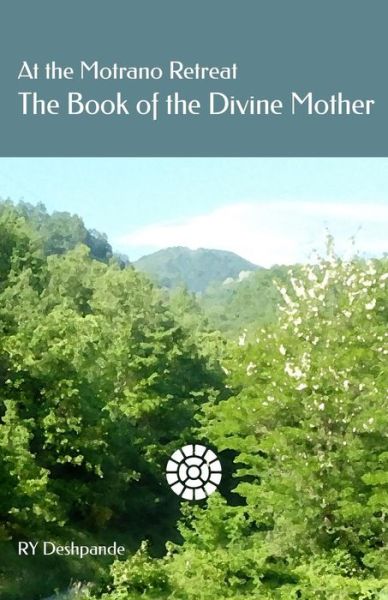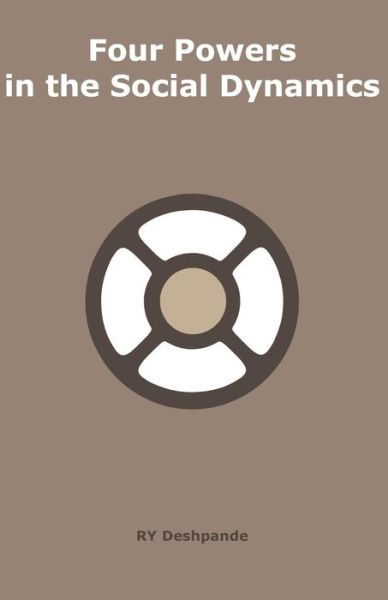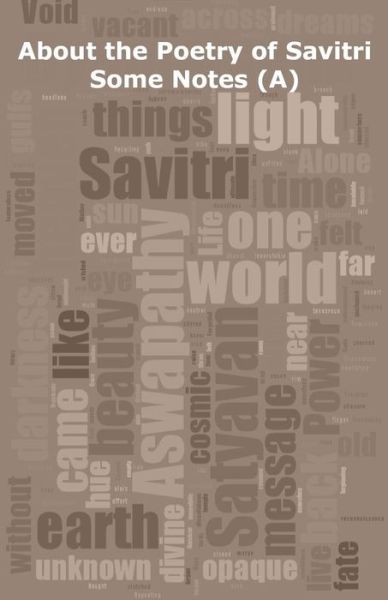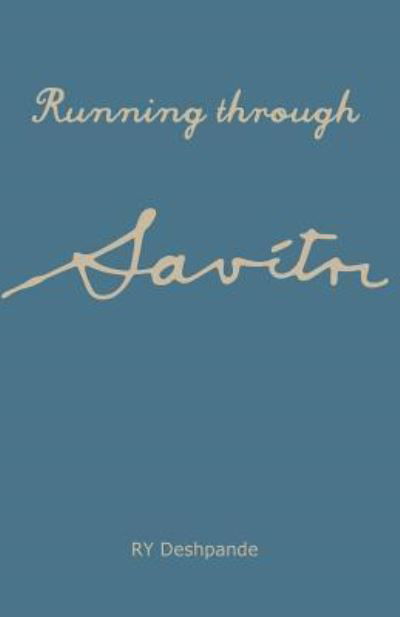
Tell your friends about this item:
Running Through Savitri
Ry Deshpande
Running Through Savitri
Ry Deshpande
Publisher Marketing: Sri Aurobindo considered Savitri as his main work and out of his precious time allotted every day two and half hours for its composition. This was during the late 1940s when the tempo of work had speeded up considerably, as if it had to be speeded up in that way. In fact he was otherwise engaged with it almost for fifty years though with some long gaps in between. Today we have a poem written in pentametric blank verse form running almost into twenty-four thousand lines. Divided into twelve Books, -as is the Western tradition for an epic, -it has forty-eight Cantos and an Epilogue. Part I consisting of the first twenty-four Cantos was published in September 1950 about twelve weeks before Sri Aurobindo's passing away; Part II and Part III as a single volume appeared in May 1951. I used Savitri, writes Ari Aurobindo in a letter, as a means of ascension. I began with it on a certain mental level, each time I could reach a higher level I rewrote from that level. In fact Savitri has not been regarded by me as a poem to be written and finished, but as a field of experimentation to see how far poetry could be written from one's own yogic consciousness and how that could be made creative. In another letter he writes: Savitri is the record of a seeing. Indeed, birth and growth of Savitri the poem as a flame-child is a Yogi's spiritual record of realisations. Its birth is in the Tapas-Shakti of one who is committed to discover the Word that can transform the lot of our mortality, and its growth is in the action that can bring diamond-bright prosperity to it. Therefore Savitri is also named the Sun-Word or the Daughter of Infinity. The Mother sees Savitri as a supreme revelation of Sri Aurobindo's vision. She also says that the importance of Savitri is immense; its subject is universal; its revelation is prophetic. But perhaps here is something more than that: These are experiences lived by him, realities, supracosmic truth. He experienced all these as one experiences joy or sorrow, physically. He walked in the darkness of inconscience, even in the neighbourhood of death, endured the sufferings of perdition, and emerged from the mud, the world-misery to breathe the sovereign plenitude and enter the supreme Ananda. He crossed all these realms, went through the consequences, suffered and endured physically what one cannot imagine. Nobody till today has suffered like him. He accepted suffering to transform suffering into the joy of union with the Supreme. It is something unique and incomparable in the history of the world. It is something that has never happened, he is the first to have traced the path in the Unknown, so that we may be able to walk with certitude towards the Supermind. Savitri is his whole Yoga of Transformation, and this Yoga appears now for the first time in the earth-consciousness. Savitri is the Yoga of Transformation-that is the entire significance and content, the strength of yogic Savitri. Savitri is the veritable Yoga of Transformation even as it embodies in it experiences of the Master Yogi. Intensely also these are the experiences of the Mother. Not only these are experiences; there are the prophetic possibilities that open out for the very Soul of the Divine, possibilities in this creation in the context of the soul of the earth, of the soul of the mortal. The Mother says: Savitri is an exact description-not literature, not poetry (although the form is very poetical)-an exact description, step by step, paragraph by paragraph, page by page. ... The realism of it is astounding.
| Media | Books Paperback Book (Book with soft cover and glued back) |
| Released | June 2, 2014 |
| ISBN13 | 9781499774122 |
| Publishers | Createspace |
| Pages | 740 |
| Dimensions | 140 × 216 × 41 mm · 925 g |

 Christmas presents can be returned until 31 January
Christmas presents can be returned until 31 January


